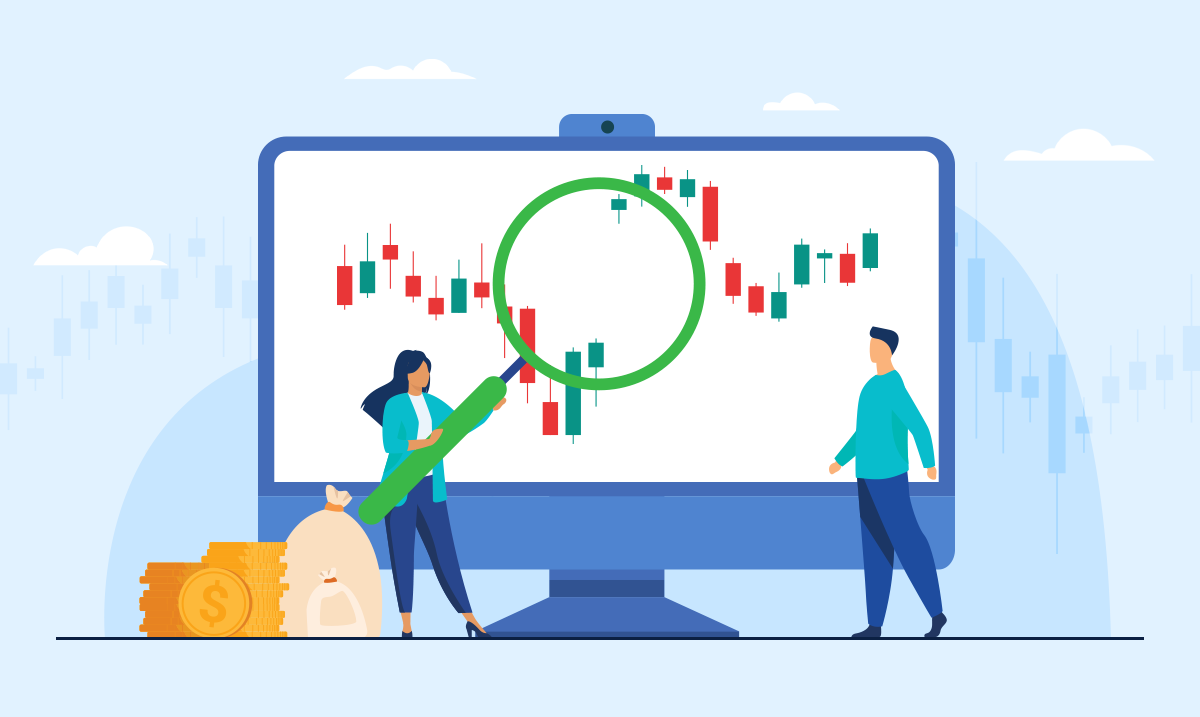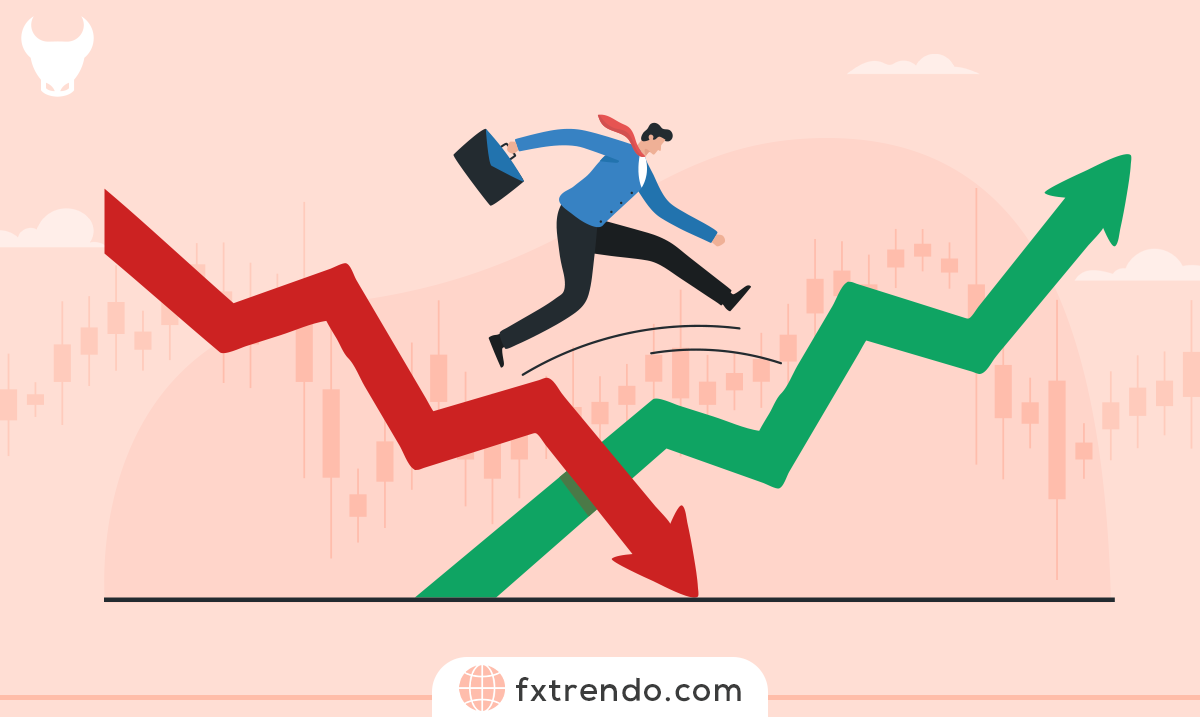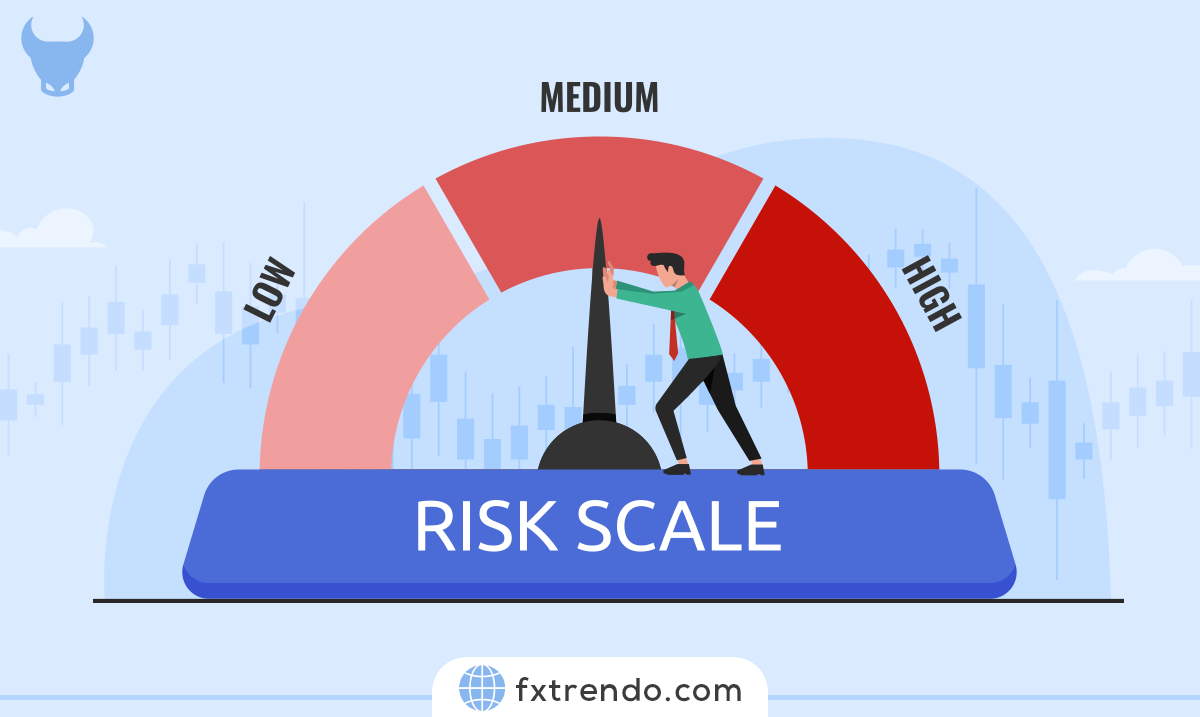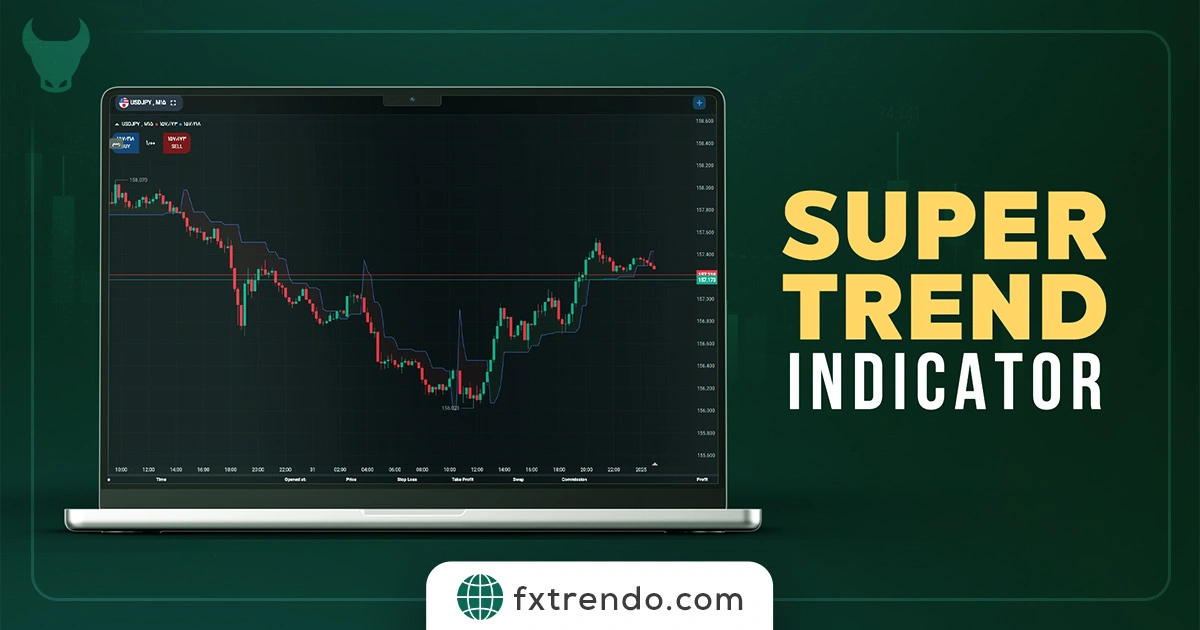Among these, leverage stands out as a critical concept that can significantly impact a trader’s potential for profit and loss.
This article delves into the essence of leverage in Forex, its calculation, advantages, risks, and best practices for management.
What is Leverage in Forex?
Leverage in the forex market is a tool that the broker provides to traders so they can trade several times their capital and balance.
Consider a trader with a balance of $1000, and the price of an ounce of gold is $1600. With their current balance, they can’t afford to buy an ounce of gold. However, with the aid of leverage, brokers can facilitate the purchase of gold ounces far exceeding the trader’s account balance.
For example, when a trader employs a leverage of 1000, their assets are amplified a thousand-fold, amounting to $1,000,000—a sum loaned by the broker. It’s crucial to note that the trader must not incur losses exceeding their initial balance, i.e., $1000. If they lose $1000, the broker will close all open positions and reclaim the borrowed money.
Read more: What are The Differences between Leverage in Forex and Leverage in Crypto
Therefore, using high leverage can yield substantial profits for traders, given that it’s used judiciously and in conjunction with effective capital management. Conversely, if risk and capital management are disregarded, even the slightest market volatility could wipe out a trader’s capital. Leverage is like a double-edged sword, and it depends on the skill of the person who uses it.
What is Margin in Forex and Its Role in Leverage?
Margin is the security deposit required to open a leveraged position. It’s not a fee but a fraction of the full trade value, set aside to ensure the trader can cover potential losses. Margin and leverage are directly related; the margin is what you provide, and leverage is what you gain.
How Leverage Works in Forex?
Leverage works by using a deposit, known as margin, to provide traders with increased exposure to an asset. For instance, with a 1:100 leverage, a trader can control a position worth $100,000 with just $1,000 of their own funds.
Why should leverage be used in Forex?
Indeed, the forex market typically experiences relatively minor daily percentage changes. For instance, the price of gold (XAUUSD) may fluctuate by a mere 2-3% in a day at best.
In such circumstances, without the provision of leverage, traders would require substantial capital to participate in the forex market. Consequently, the average monthly or annual returns for a trader would be quite low without leverage, diminishing the appeal of forex trading. So, leverage in the forex market is necessary.
It’s a crucial tool that enhances trading potential and keeps the forex market accessible and attractive to traders of all levels. However, it’s important to remember that while leverage can amplify profits, it can also magnify losses.
How to calculate leverage in Forex?
Calculating leverage is straightforward: divide the total value of your position by the margin you’ve put down. If you control a $100,000 position with a $1,000 margin, your leverage is 1:100.
Advantages of Using Leverage in Forex Trading
Leverage’s primary advantage is the ability to increase potential returns without a proportional increase in investment. It allows for significant exposure to the Forex markets with a relatively small capital outlay.
Risks Associated with Leverage
While leverage can magnify profits, it also amplifies losses. A small market movement can lead to a substantial loss relative to the trader’s investment, potentially exceeding the initial margin.
How to manage Leverage Risk in Forex?
Managing leverage risk involves prudent practices such as using stop-loss orders, monitoring positions closely, and never risking more than a small percentage of your capital on a single trade.
Tips for Using Leverage Wisely
More than 90% of retail traders lose in the forex market. One of the important reasons for this is using very high leverage in trades. Traders who use high leverage in their trades will eventually lose their accounts. Go to your user account and set the account leverage to a maximum of 1:200 after reading this article.
You might currently be in control of your behavior and not act emotionally, but there are moments in the market that mess with every trader’s mind.
In such cases, if the leverage on your account is high, you might be tempted to increase your trading volume, which could potentially lead to significant losses. However, if your account leverage is capped at 1:100 or at most 1:200, you’re inherently limited in the volume of trades you can open. This restriction can serve as a safety net, minimizing the risk of depleting your account.
Trading with high leverage can indeed be a risky endeavor. While you might not experience losses immediately, the risk of substantial losses increases over time. It’s not a matter of if, but when. Therefore, it’s highly recommended to moderate your leverage.
By doing so, you can better manage your risk and potentially safeguard your account from significant losses. To better understand the process that takes place, we encourage you to read the following article:
Advice about risk management that you never knew!
The next piece of advice is to test your strategy and skills on demo accounts before starting to trade with leverage in the forex market. These accounts allow you to engage in risk-free trading, providing a valuable opportunity to gain experience and confidence.
With Trendo Broker, you can easily open a demo account and start your journey in forex trading.
Conclusion
If you are looking for a good broker with the highest leverage for your forex trades, Trendo is one of the best forex brokers.
The leverage provided in Trendo Broker is 2000 and this amount of leverage is one of the best and most appropriate leverages available in the market.
In this article, we’ve covered virtually everything you need to understand about leverage and trading credit in the forex market.
Leverage is a powerful tool that enables traders to multiply their account balance and potentially reap substantial profits when the conditions are right. However, it’s important to remember that leverage also amplifies trading risks.
Therefore, it’s crucial for professional Forex traders to have a thorough understanding of this concept and be well-versed in the risks associated with using trading leverage.
As a rule of thumb, we advise against risking more than 2% of your total capital on a single trade.
FAQs
What is Spread?
How does forex leverage work?
What is the meaning of 1:1000 leverage?
Which leverage is good for beginners?
What is margin in forex?
What is the relationship Between Leverage and margin?






